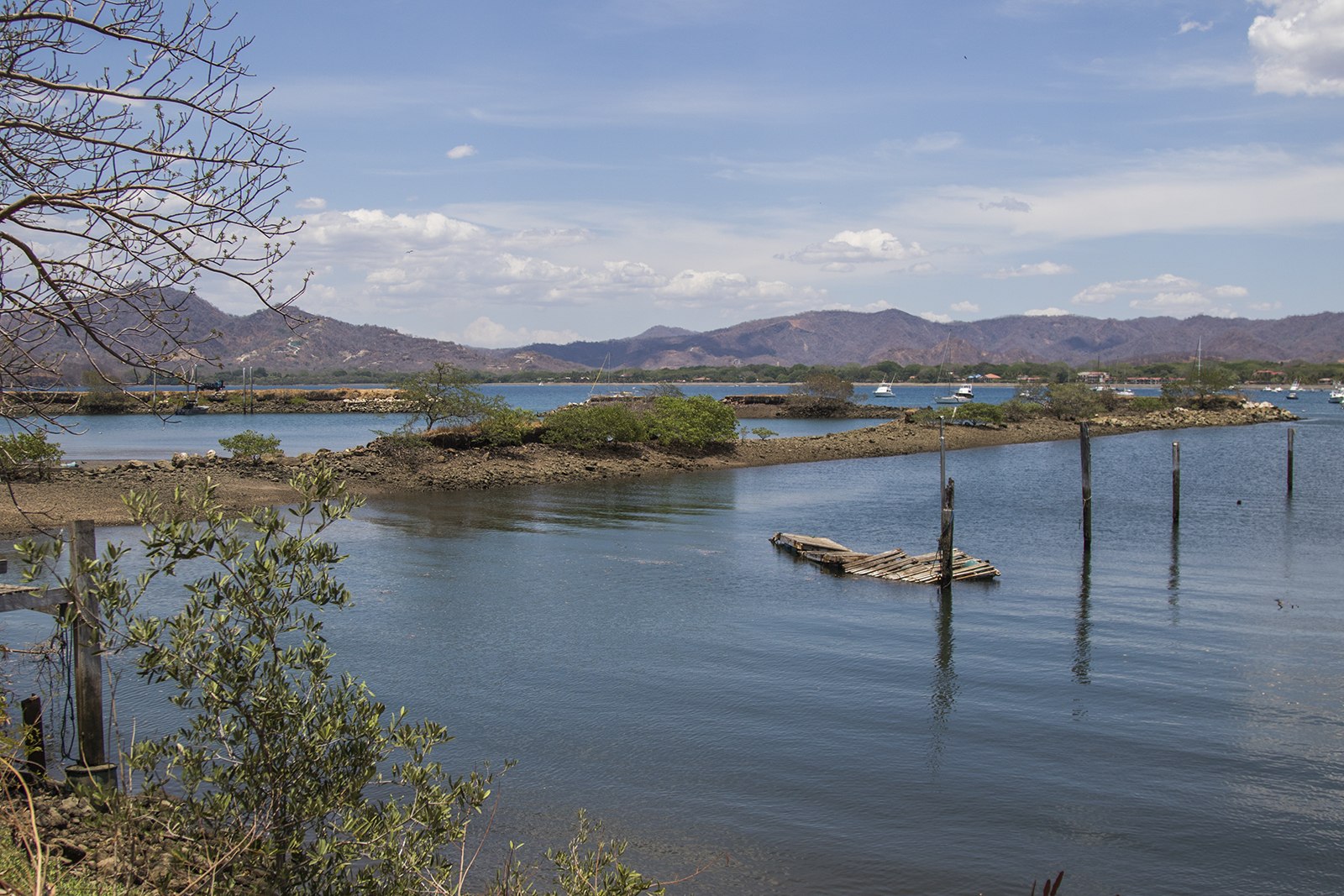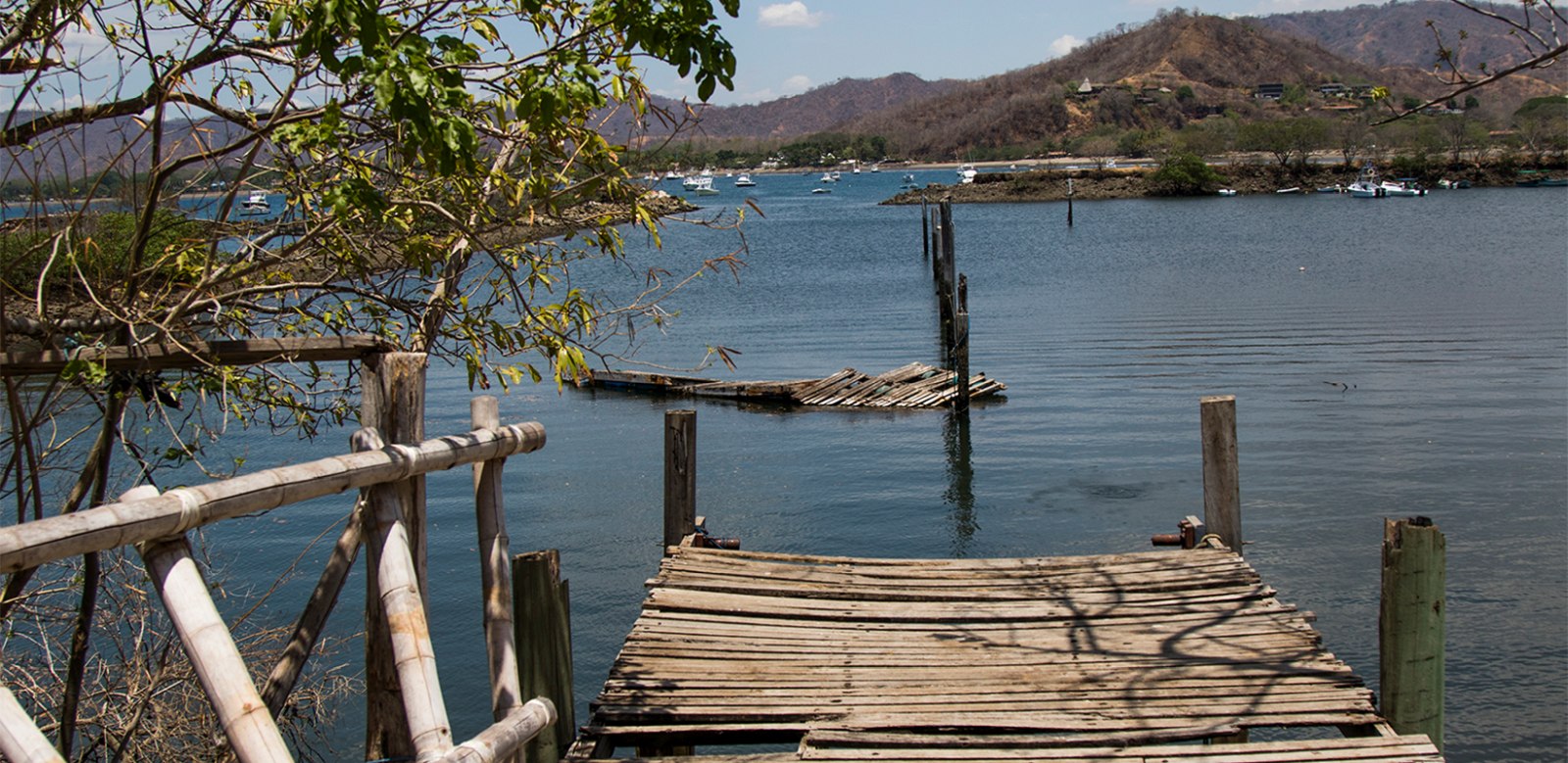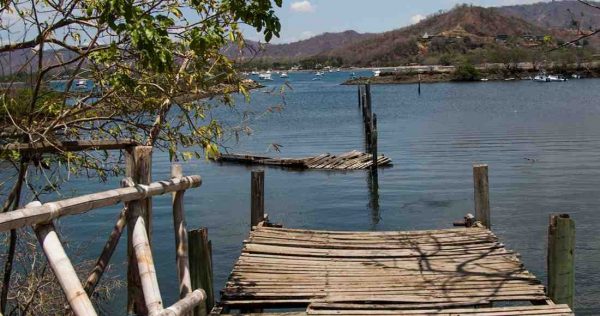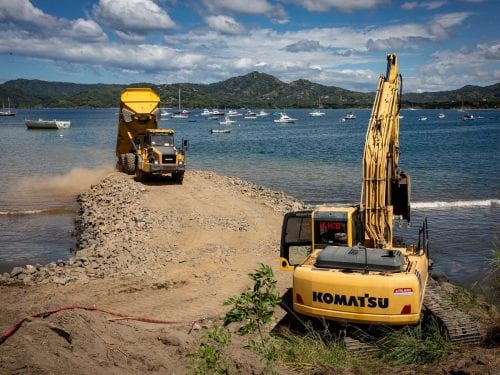
The construction and reactivation of the Flamingo Marina is almost in the bag. The project is only waiting for the endorsement of the Tourist Marina and Docks Commission (CIMAT– Comisión Marina y Atracaderos Turísticos) and MINAE (Ministry of Environment and Energy).
The work will cost more than $30 million and is to be done by Marina Flamingo Development Group, after they were granted a concession by the Municipality of Santa Cruz for 35 years.
In years past there was a small marina in Flamingo run by an American businessman. However, due to not having an environmental impact study, the Environmental Administrative Court of Santa Cruz had to order its closure on June 11, 2004. Since then, several attempts were made by the municipality to reinitiate the project, but none prospered.
In 2008, the company Matapalo Demm S.A. won a bid. However, after another company that participated in the bidding appealed, the initiative was dropped. Marina Flamingo Development Group finally ended up with the project and, according to Joaquín Gamboa, a representative of the company, the process has been long.

Foto por Ariana Crespo
“We have been managing the project for 19 months. A diverse group of professionals, experts in the different fields, has been responsible for it. There have done [environmental] impact and all kinds of studies and we just need the technical and environmental viability endorsement from CIMAT, which we hope will be in the next few weeks,” Gamboa said.
The marina will be built in an area of 189,000 square meters/2,034,380 square feet (18.9 hectares/46.7 acres), next to the Coast Guard station. It will have 112 yacht berths with dimensions of between 30 and 110 feet. In addition, it will have a convention center for 800 people, a five-star hotel with 180 rooms, parking for yachts (dry dock), a gas station and a shopping center.
During the construction phase, the project will employ about 600 people, and in the operational phase, it will provide about 400 permanent jobs. According to Gamboa, in a second phase, a call center will be built and a desalination machine will be set up that would produce three liters of water per second, enough volume to provide a self-sufficient supply.
Virgilio Guido, a local fisherman, sees the project favorably since he believes it will bring qualified tourism, improve business, motivate locals to develop businesses and to improve their positions.
“Every project of this type has some impact on the environment, but if we oppose that, nothing would be done. There would be no progress in the communities. Let us see it in a positive way. This marina is going to mobilize many people and is a great opportunity for people to get involved and for there to be entrepreneurs and people getting trained to fill job positions,” said Guido.
But not everyone sees the project as positive. Mercedes Alvarez, a Flamingo businesswoman, said she has doubts about the impact this may have on the environment.
“I have my doubts about this project. On the one hand, they say it will bring jobs and benefits to area businesses, but I don’t know how environmentally-friendly it will be. I would be in agreement if it did no damage to the environment but that remains to be seen. This kind of project almost always affects the environment,” Alvarez commented.
What Does the Science Say?
According to a study issued by the Science for Environment Policy of the European Commission, maritime transportation is the third largest source of pollution of these ecosystems, especially through fuel combustion, waste and noise emission release.
Rosa Soto, a biologist at the Marine Biology Station of the National University (UNA), indicated that the hydrocarbon emissions that occur in Costa Rican marinas are the worst threat to marine species, so control must be exercised.
“Here the most important thing is that there is control of hydrocarbon dumping since these substances are toxic and can kill species and alter the ecosystem by breaking the food chain. The other problem is that every structure causes a shadow effect that does not allow light to penetrate at any time. This could lead to desert areas on the surface of the seabed,” Soto said.
Soto explained that in some cases, positive changes could occur since there are species that, instead, group together to form colonies around a wharf or marina because the environment favors them. This is the case of some species of crustaceans such as sessile, prawns and crabs.
The expert recommended that the companies themselves should conduct regular monitoring to assess the behavior of species and analyze the changes that are happening with them, take regulatory measures and reduce the impact on the ecosystem. Soto believes that all human activity has a negative effect on the environment; the ideal is to reduce it as much as possible.







Comments